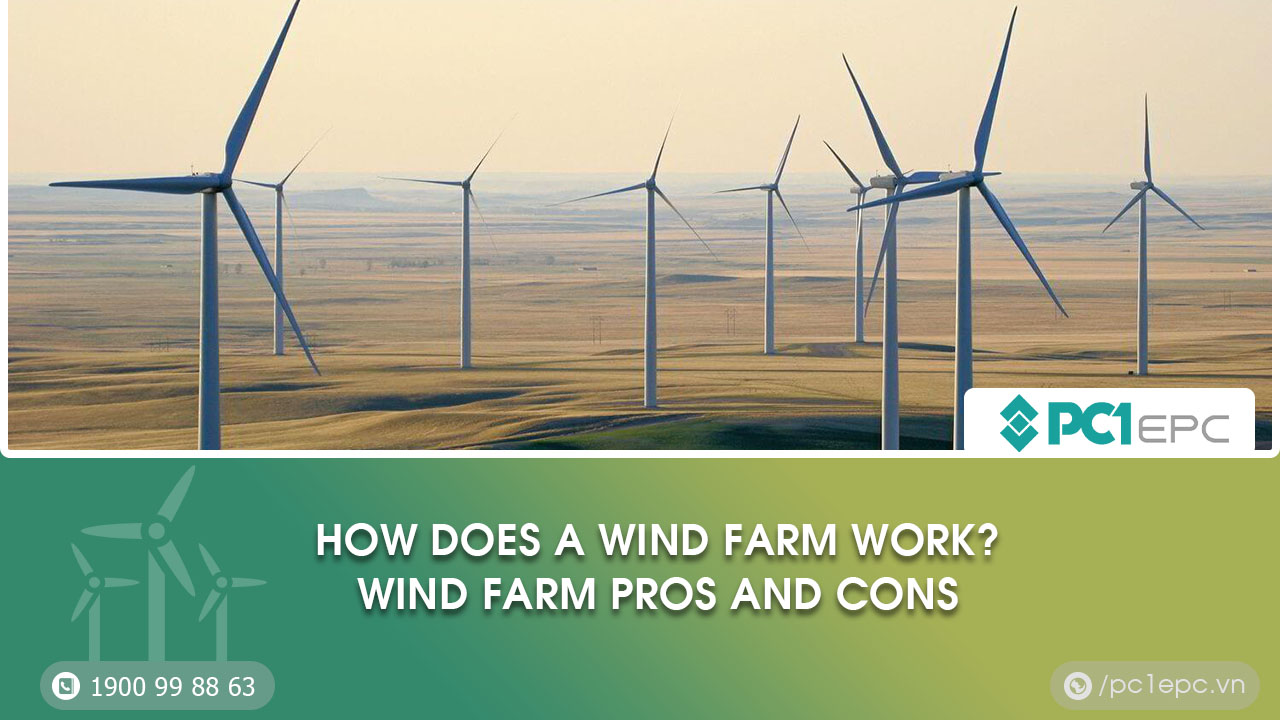A wind farm is a group of wind turbines that generate electricity at the same location. But, do you know how it works? And, what are wind farms’ pros and cons? Let’s find out in this article.
What Is A Wind Farm?
As mentioned, a wind farm is a collection of wind turbines that produce electricity at the same location. A large wind farm may consist of hundreds of single wind turbines spread across hundreds of square kilometers, but the plots of land between the turbines can be used for agriculture or other purposes.
Wind farms are divided into three types. Onshore is the most common (at least 3 km inland from the coast), while nearshore (less than 3 km from the coast) and offshore (in the open sea or in lakes many miles from shore) are less common. And in areas where they will not interfere with existing businesses or important sailing routes.
How Does A Wind Farm Work?
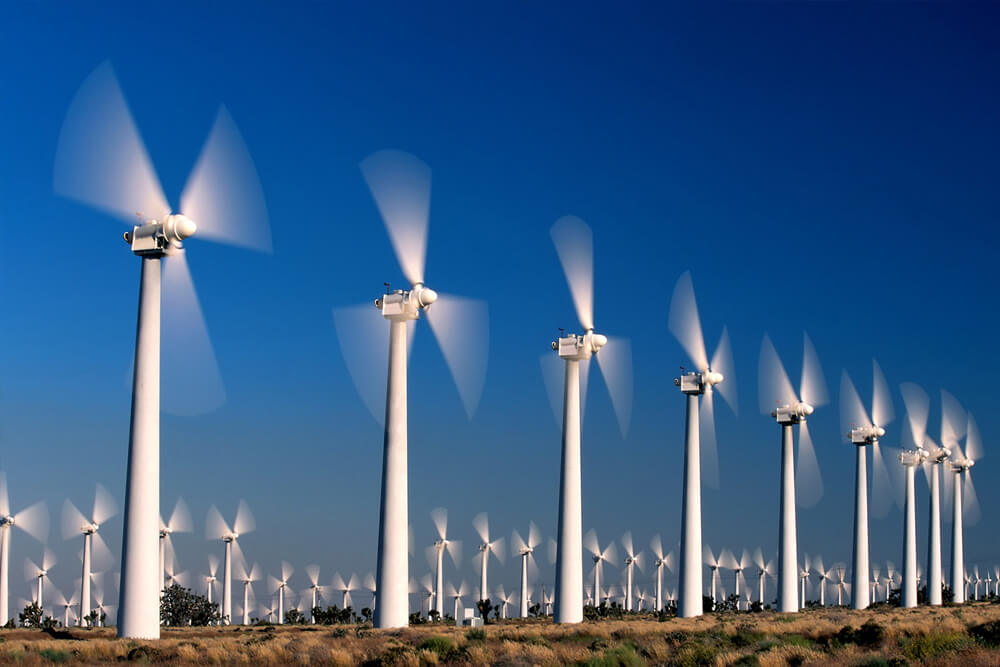
Wind farms are constructed in particularly windy areas. The wind turns the turbine blades. The turbine then converts the wind energy into mechanical energy. And after that, the mechanical energy is converted into electrical energy by the generator. The electricity is used to power homes.
Consider a wind turbine to be the polar opposite of a fan. To generate wind, fans use electricity. Wind turbines, on the other hand, use the wind to generate electricity! A wind turbine’s blades cause an axis to rotate as the wind rotates them. The rotating shaft is linked to a generator, which produces electricity.
The wind turbine appears to be a simple little engineering masterpiece. The most common type is the horizontal axis wind turbine, which consists of a casing and a rotor with three blades at the end. Vertical-axis wind turbines are less common due to issues with air resistance.
Wind Farm Pros And Cons
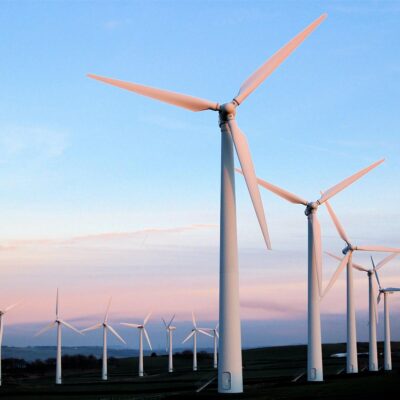
Let’s examine the advantages and disadvantages of wind farms in general before looking more closely at the pros and cons of two common types of wind farms: on-shore and off-shore.
Pros of wind farm
Cost-effective (almost free) energy production
A wind park’s construction is not cheap, but once it is up and running, costs are minimal. Although maintenance is a given, wind turbines and engines are not likely to break down. It is quite cost-effective because once a wind power plant is built, only wind is needed to run these turbines.
It’s a technology boost, and investing in that technology makes the world a greener place
After making the breakthrough of turning wind into electricity, engineers continued to work on renewable energy to increase the productivity of these power plants. We now have a wide range of wind turbines to choose from, including small, large, and backyard models.
Clean energy solution: it’s healthier
Because wind turbines emit no greenhouse gases into the atmosphere, they improve our quality of life. Wind farms are good for our lungs.
Cons of wind farm
People think of wind energy as a natural resource with only benefits, but all forms of power generation have disadvantages.
Endangering wildlife habitats in rural areas
New wind power plant maintenance could put wildlife at risk. While these wind parks are being built, habitats might also collapse. The reason for this is that wind farms require more space than normal power plants.
The vast area that has been requested is only the second biggest issue. The main problem is that many bats and birds are killed by wind turbine blades.
Noise and visual pollution
For wildlife but not for us humans, a windmill is considered noisy because of its sound level of about 60 decibels. Another issue is visual pollution, as many people view wind farms as an unpleasant sight rather than a nice tourist attraction.
Unstable productivity
It is possible to estimate annual energy production but not to calculate it. Since wind farms depend on the wind for operation, production varies annually. Underproduction and overproduction that cannot be stored are the two possibilities. However, this issue is easily resolved thanks to PC1’s energy storage solution, the BESS energy storage system. BESS will store extra electricity for use when the wind is calm. Additionally, it is a way to control energy sources and prevent power from being generated for the grid when it is overloaded.
What differentiates onshore and offshore wind farms?
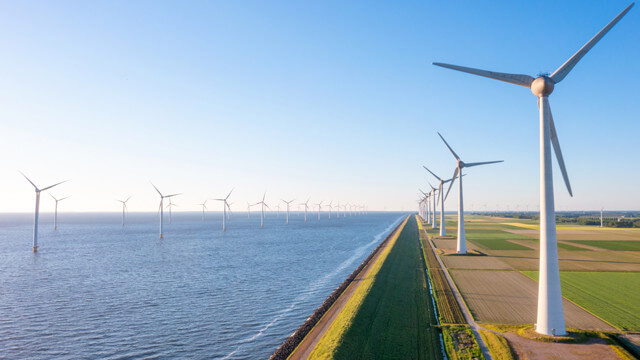
Wind turbines are used in both onshore and offshore wind farms to harness wind energy. The turbines convert kinetic energy into electricity as they turn.
But what makes a difference? Offshore wind farms are different from onshore wind farms in that they are situated at sea as opposed to on land. With this as the primary distinction, let’s look at the benefits and drawbacks of onshore vs. offshore wind farms.
Onshore Wind Farms’ Benefits
Cost-effective
One of the least expensive sources of renewable energy, along with nuclear and solar power, is onshore wind energy, which is less expensive than offshore wind energy. Onshore wind farms have lower infrastructure and maintenance costs than offshore wind farms, sometimes only half as much. Onshore wind farms can also provide a return on investment in as little as two years, and the power produced is affordable for end users.
Quicker Installation
On-shore wind farm construction is not only quicker but also less expensive. On-shore farms can be built and prepared for commercial operation in a matter of months, as opposed to nuclear power plants and other utility-scale energy sources, which can take decades to install.
Increases Local Economy
When determining where to put wind farms, onshore energy companies take the local economy’s benefits into account. The revenue produced for local landowners, onshore farm owners, and community members who have jobs are examples of those economic benefits.
Onshore wind farms’ negative aspects
Landscape disruption
The impact on the local population and environment of onshore wind farms may be the biggest problem. Onshore farms are frequently criticized by locals for being an eyesore. Another complaint raised by residents is the noise of the turbines, which they compare to the sound of a lawnmower.
Variable Wind Speeds
The amount of wind power produced onshore will vary year-round due to the unpredictability of the weather. Additionally, if the wind blows in various directions, the turbines’ efficiency may suffer. Finally, because onshore farms are located on land, structures and the environment around them may reduce the amount of wind that reaches the onshore turbines.
Produces less power
An onshore wind farm has an annual wind energy production capacity of about 2.5 MW, while that of an offshore one is approximately 3.6 MW. Because onshore wind farms cannot operate all year, fossil fuels must be used as a backup when wind speeds are low. As a result, the more onshore wind farms there are, the more fossil fuels will be required.
The Advantages of Offshore Wind Farms
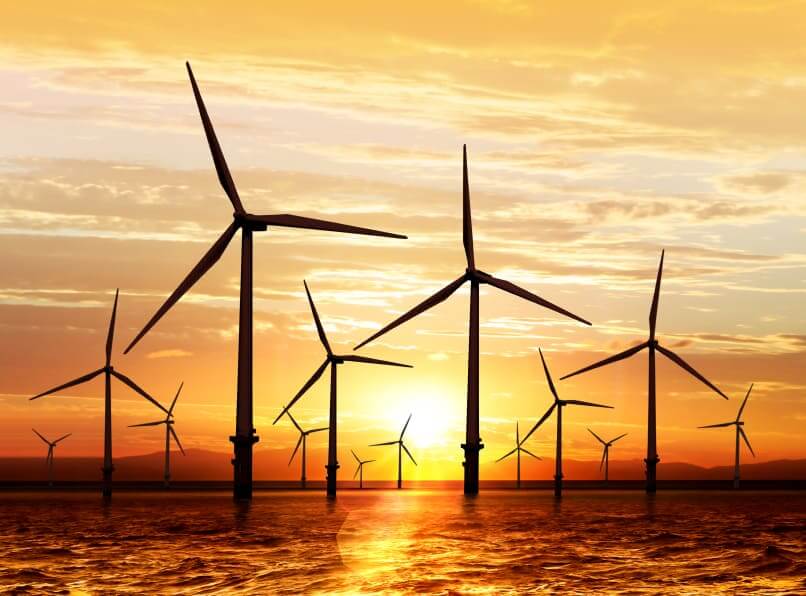
Produces more energy
As was already mentioned, offshore wind farms have the potential to generate more than 1 MW annually compared to onshore wind farms. Unlike onshore turbines, which can only be built to a certain height, offshore turbines can be built much larger, allowing more energy to be captured. Additionally, the average wind speed at sea is higher than on land, so more energy is produced there.
More Effective
In terms of energy production, offshore wind farms are thought to be more efficient than onshore wind farms. This is because offshore farms can generate the same amount of energy as onshore farms while using fewer turbines. This is due to the fact that at sea, wind speeds are higher and have a more consistent direction than on land.
Less Intrusive
Because they are located at sea, offshore wind farms are less intrusive than those on land. Offshore wind farms also do not obstruct land use and do not have any of the obstacles that onshore wind farms do, such as buildings nearby. On average, offshore wind farms are larger per square mile than onshore ones because they have less of a physical impact on the environment.
The Drawbacks of Offshore Wind Farms
Greater cost
Offshore wind parks are more difficult to build and install than their onshore counterparts. As a result, offshore wind farms have a higher financial cost, especially in deeper waters. However, because land for onshore farms is limited, companies may have to rely on offshore farms as they scale for the future.
Maintenance Difficulties
Although higher wind speeds at sea can generate more energy, this also means that offshore wind turbines are more vulnerable to damage. Furthermore, offshore wind farms frequently need maintenance and repairs due to their sensitivity to strong winds, especially during storms. Not only are these repairs costly, but because offshore farms are so far off the coast, they are more difficult to access and, as a result, often take longer to repair, despite corporations’ best efforts to find the best location for their wind farm.
Reduced Local Involvement
Unlike onshore farms, which can be owned by local businesses, offshore farms require more investment and are typically owned by large corporations. Therefore, even though offshore wind farms offer employment opportunities, they are not always created to benefit a particular community. In conclusion, the offshore wind industry does not provide the same economic opportunities as the onshore wind industry.
Conclusion
We hope the information above has clarified any questions you may have about how a wind farm operates and the advantages and drawbacks it offers. Stay tuned for more updates.


